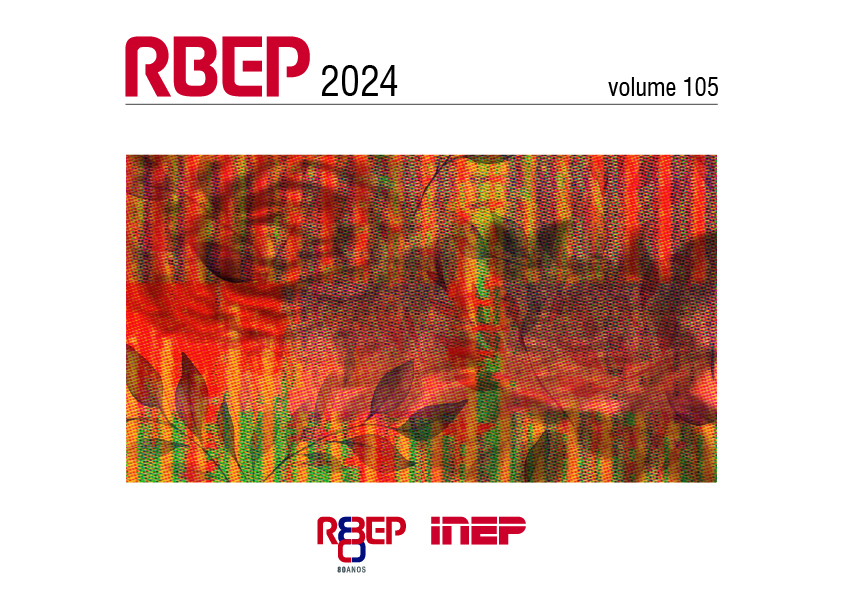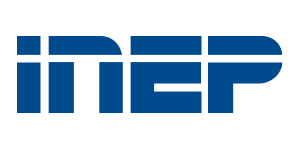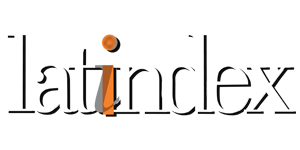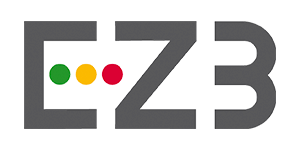Digital technologies and the teaching of triangles: a systematic literature review
Abstract
The teaching of geometry has been undergoing a transformation over time, particularly with the integration of digital technologies in education. The present study seeks to identify and describe how the teaching of triangles involving digital technologies and the knowledge objects of the Common National Curriculum Base (BNCC) is portrayed in scientific research. In light of this, a systematic literature review is presented, encompassing 10 scientific studies selected from the Scielo, ERIC, Scopus, Web of Science, and Latindex databases. Relying on vertical and horizontal analyses, the results indicate a range of theoretical and methodological research approaches on the teaching of triangles with digital technologies, in addition to the emphasis on technical skills in dynamic geometry software, as in elementary constructions, rather than the appreciation of the potential and specific opportunities offered by digital resources. This research contributes to professional teacher development by presenting already implemented practices, thus, indicating the integration with the knowledge objects of the Common National Curricular Base, as well as fostering awareness among teachers regarding the limitations and challenges of teaching geometry with digital technologies.
Downloads
Copyright (c) 2024 Brazilian Journal of Pedagogical Studies

This work is licensed under a Creative Commons Attribution 4.0 International License.
Once their work is accepted for publication, author’s copyrights are automatically relinquished to the National Institute for Educational Studies and Research Anísio Teixeira (Inep).
Since 2016, the journal Revista Brasileira de Estudos Pedagógicos (RBEP) uses the licence CC-BY.
Partial or total reproduction of the content of this Journal is permitted provided that the original publication is properly referenced, as well as a link to license CC BY 4.0 and to indicate any possible alterations made to the article.




















